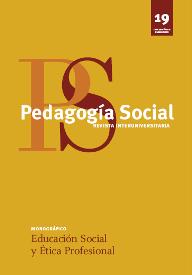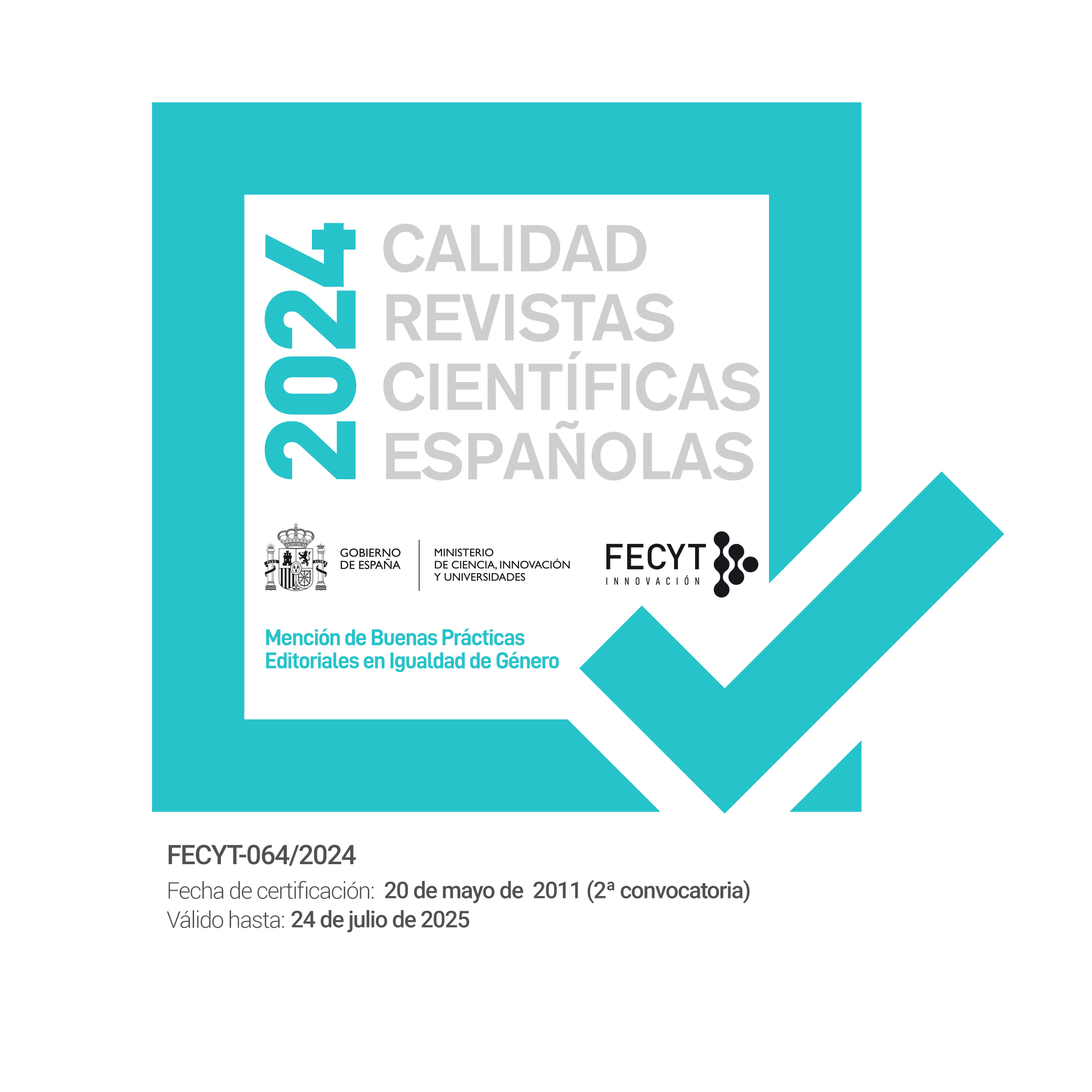La protección de la infancia en situaciones de riesgo en América Latina a través de los códigos de la niñez.
DOI:
https://doi.org/10.7179/PSRI_2012.19.08Palabras clave:
Convención sobre los Derechos del Niño, América Latina, Protección infantil, Trabajo infantil, Exclusión social, Justicia juvenil, Convention on the Rights of the Child, Latin America, Child protection, Child labour, Social exclusion, Juvenile justiceResumen
La protección de los derechos de la infancia en América Latina, tras la ratificación por todos los países de la región de la Convención sobre los Derechos del Niño, ha alcanzado, a nivel legal, un amplio desarrollo e implementación, adecuándose a dicho tratado internacional. El objetivo de este artículo es analizar los diferentes códigos de la niñez, aprobados por la mayoría de países de la región y que son la expresión más firme de dicho tratado internacional y que se muestran como una herramienta para el trabajo del educador social. En este artículo, mediante una metodología comparada, analizamos dichos códigos utilizando como modelo las categorías subyacentes en la Convención, centrándonos en dos ámbitos: medidas protectoras para los niños en situación de riesgo social y la justicia juvenil, además de las instituciones de protección. Esta elección nos parece relevante pues muestran un campo de intervención en educación social. A través del análisis comparado, podemos llegar a las siguientes conclusiones relevantes: los códigos, en general, tienen un alto grado de congruencia con la Convención, aunque se aprecia una insistencia exagerada en el campo de la protección infantil y, sobre todo, en el de la justicia juvenil; asimismo insisten en las medidas de protección infantil, las medidas socioeducativas de la justicia juvenil y presentan una amplia red de instituciones a diferentes niveles administrativos, existentes en la región, incluida la figura del defensor del niño.
---------------------------------------------------------------------
The protection of the rights of childhood in Latin America since the ratification of the Convention on Rights of the Child by all countries of the region has reached a broad development and implementation on a legal level in accordance with this international treaty. The objective of this article is to analyse different codes of childhood which were approved by a majority of the countries of the region and which are the most effective expression of this international treaty, and the show to be a tool for the work of the social educators. In this article we analyse these codes with a comparative methodology using the underlying categories of the Convention as a model and concentrating on two points: measures to protect children in situations of social risk and juvenile justice, in addition to institutions that provide protection. This choice seems relevant because it shows a field of intervention in social education. We come to the following relevant conclusion by means of a comparative analysis: the codes generally show a high degree of congruence with the Convention, even though an exaggerated emphasis in the field of measures for infant protection, especially in juvenile justice, can be observed; the codes equally insist on measures for infant protection, socio-educational means of juvenile justice, and they present a large network of institutions at different administrative levels which exists in the region and which includes ombudsmen for children.
Descargas
Descargas
Publicado
Cómo citar
Número
Sección
Licencia
Derechos de autor 2014 Pedagogía social. Revista interuniversitaria

Esta obra está bajo una licencia Creative Commons Reconocimiento-NoComercial 3.0 Unported.
Derechos de reproducción y archivo
La versión publicada de los artículos podrá ser autoarchivada por sus autores en repositorios institucionales y temáticos de acceso abierto. No obstante la reutilización total o parcial de los mismos en nuevos trabajos o publicaciones deberá ser autorizada por Pedagogía Social. Revista Interuniversitaria.
Los trabajos publicados deberán ser citados incluyendo el título de la Revista, Pedagogía Social. Revista Interuniversitaria, nº, páginas y año de publicación.
Responsabilidades éticas
Pedagogía Social. Revista Interuniversitaria no acepta material publicado anteriormente en otros documentos. Los/as autores/as son responsables de obtener los permisos oportunos para reproducir parcialmente material de otras publicaciones y citar correctamente su procedencia. Estos permisos deben solicitarse tanto al autor/a como a la editorial que ha publicado dicho material.
Es obligación de Pedagogía Social. Revista Interuniversitaria detectar y denunciar prácticas fraudulentas.
En la lista de autores/as firmantes deben figurar únicamente aquellas personas que han contribuido intelectualmente al desarrollo del trabajo.
La revista espera que los/as autores/as declaren cualquier asociación comercial que pueda suponer un conflicto de intereses en conexión con el artículo remitido.
Los autores deben mencionar en el manuscrito, preferentemente en el apartado del método, que los procedimientos utilizados en los muestreos y controles han sido realizados tras la obtención de consentimiento informado.
La revista no utilizará ninguno de los trabajos recibidos con otro fin que no sea el de los objetivos descritos en estas normas.
Aviso de derechos de autor/a
© Pedagogía Social. Revista Interuniversitaria. Los originales publicados en las ediciones impresa y electrónica de esta Revista son propiedad del Pedagogía Social. Revista Interuniversitaria, siendo necesario citar la procedencia en cualquier reproducción parcial o total.
Salvo indicación contraria, todos los contenidos de la edición electrónica se distribuyen bajo una licencia de uso y distribución “Creative Commons Reconocimiento-No Comercial 3.0 España” (CC-by-nc). Puede consultar desde aquí la versión informativa y el texto legal de la licencia. Esta circunstancia ha de hacerse constar expresamente de esta forma cuando sea necesario.






